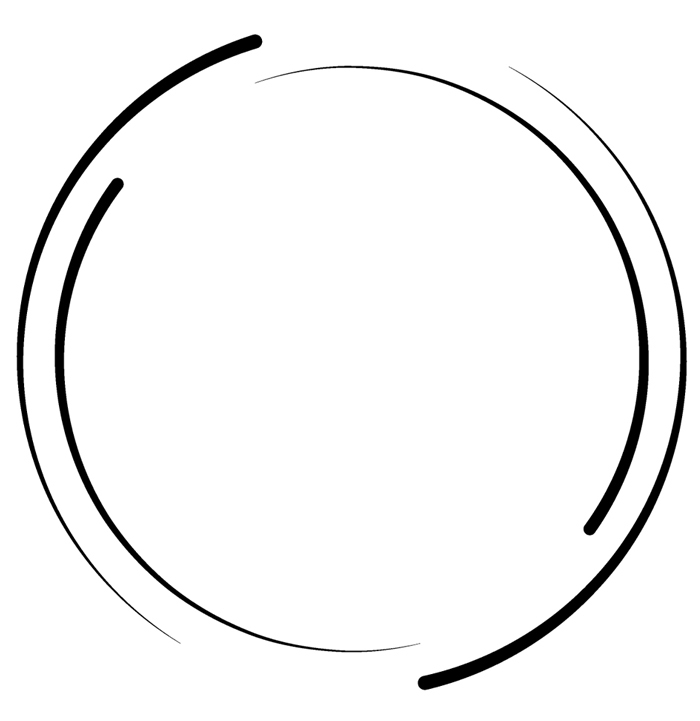Leading Automated Ball Valve Manufacturer & Supplier
Are you looking for a reliable Automated Ball Valve Manufacturer and supplier in Mumbai, India? We specialize in designing and manufacturing high-quality automated ball valves that deliver exceptional performance, reliability, and durability. Our advanced solutions cater to industries such as oil and gas, water treatment, pharmaceuticals, and more, ensuring seamless flow control with minimal manual intervention.
What is an Automated Ball Valve?
An automated ball valve is a type of flow control valve that opens and closes using a motorized or pneumatic actuator. Unlike manual ball valves, automated versions provide precise and efficient control, making them ideal for remote operations and automated systems.
Features of Our Automated Ball Valves
Our automated ball valves are engineered to meet industrial demands with the following key features:
- High-Quality Construction – Made from stainless steel, brass, or carbon steel for durability and corrosion resistance.
- Actuation Options – Available with electric, pneumatic, or hydraulic actuators for seamless automation.
- Leak-Proof Design – Ensures a tight seal to prevent fluid leakage and enhance operational efficiency.
- Wide Pressure & Temperature Range – Suitable for high-pressure and high-temperature applications.
- Remote & Automated Control – Compatible with PLC and SCADA systems for smart industrial automation.
- Custom Configurations – Available in various sizes, end connections, and actuation types to meet specific industry needs.
Applications of Automated Ball Valves
Our automated ball valves are widely used in industries that require precise flow control and automation:
- Oil & Gas Industry – Used in pipeline control and fuel processing systems.
- Water Treatment Plants – Essential for water flow regulation and chemical dosing.
- Pharmaceutical & Chemical Industry – Ensures precise flow of liquids and gases in production processes.
- HVAC Systems – Helps in regulating the flow of water and refrigerants.
- Food & Beverage Industry – Used for controlling liquid and ingredient mixing processes.
- Power Plants – Plays a crucial role in steam and fluid flow management.
Advantages of Using Automated Ball Valves
Choosing an automated ball valve over a manual valve offers multiple benefits:
- Increased Efficiency – Reduces the need for manual operation, ensuring smooth and consistent flow control.
- Remote Operation – Allows for automation and remote monitoring, improving safety and accessibility.
- Enhanced Durability – Designed for long-term use with minimal maintenance requirements.
- Precision Control – Provides accurate flow regulation, reducing the risk of human errors.
- Energy & Cost Savings – Optimized for minimal energy consumption, leading to lower operational costs.

